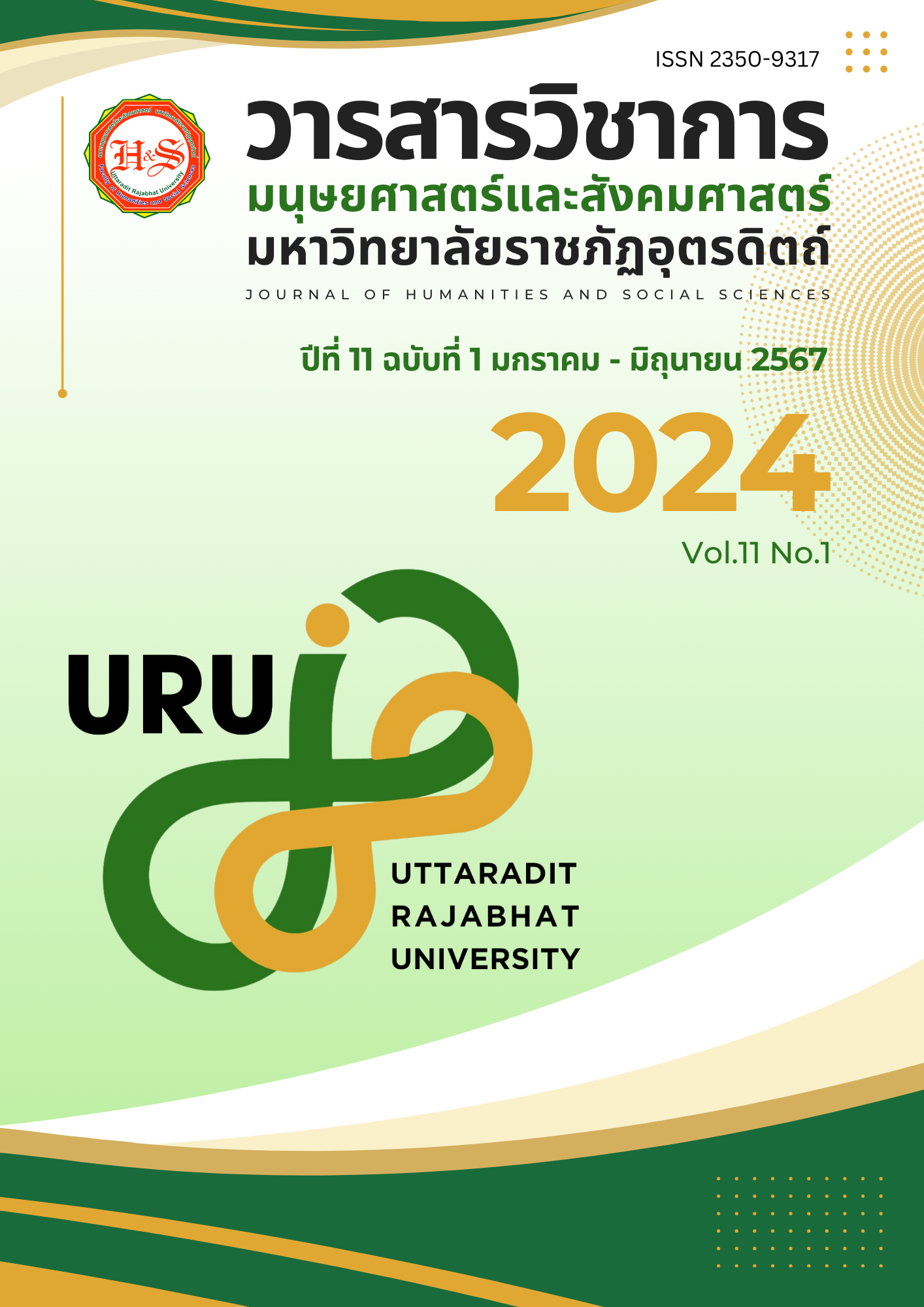Lessons from Gunma Prefecture, Japan: Building a Sustainable Tourism Brand in Chiang Rai Province, Thailand
Keywords:
City brand, Branding, Marketing communications, TourismAbstract
The objective of this research was to examine the process of building a tourism brand from Gunma Prefecture of Japan to develop the tourism brand of Chiang Rai Province. The study was performed with qualitative method which collected data from reviewing related documents, observation, interviewing, and seeking input from both public and private sectors (four persons on branding Gunma Prefecture and 17 persons on Chiang Rai Province’s tourism).
The research results indicated that the development process of the tourism brand for Kumamoto of Japan relied on establishing the identity of the city through the mascot character Kumamon and defining the roles and identities of the province through the provincial governor. It also had collaboration with private sector tourism entities in using a unified brand to promote the prefecture’s tourism. The results revealed that 1) clear definition of the values and branding of Chiang Rai tourism required collaboration between the public and private sectors, 2) maintaining consistency in marketing communication was essential for brand acceptance and commitment through public relations activities in the province, 3) government agencies needed to create their own brand, which may lead to confusion when choosing private sectors’ brands and efforts should be made to unify the branding, 4) Designating a central agency responsibility for communication activities related to the tourism brand should be made, 5) understanding and recognition of the brand had impacts its implementation for tourism development, 6) perceiving the benefits of brand usage influenced acceptance and application for tourism promotion, and 7) building a tourism brand that connects with the beliefs and faith of the local people, especially with respect to religious and spiritual aspects, influenced the acceptance of the provincial tourism brand.
References
ชมพูนุช ปัญญไพโรจน์. (2562). รูปแบบ กระบวนการ และทัศนคติต่อโฆษณาแบบเนทีฟในสื่อออนไลน์ของนักโฆษณา. วารสารนิเทศศาสตร์ มสธ, 9(1), 5-28.
นพดล ชุมภูวิลาส. (2564). การสร้างแบรนด์และการสื่อสารการตลาดแบบบูรณาการการท่องเที่ยวเชิงวัฒนธรรม จังหวัดลำพูน. ปริญญาศิลปะศาสตร์มหาบัณฑิต มหาวิทยาลัยศรีนคนรินทรวิโรฒ, กรุงเทพมหานคร.
พวงรัตน์ ทวีรัตน์. (2540). วิธีการวิจัยทางพฤติกรรมศาสตร์และสังคมศาสตร์. (พิมพ์ครั้งที่ 7). กรุงเทพมหานคร: สำนักทดสอบทางการศึกษาและจิตวิทยา มหาวิทยาลัยศรีนครินทร์วิโรฒประสานมิตร.
พัชรีรัต หารไชย. (2561). การสร้างแบรนด์เมือง กรณีศึกษา จังหวัดบุรีรัมย์. ปริญญาปรัชญาดุษฎีบัณฑิต วิทยาลัยมหาวิทยาลัยขอนแก่น, ขอนแก่น.
สวรส ศรีสุตโต. (2555). กลยุทธ์การสร้างตราสถานที่ท่องเที่ยว: กรณีศึกษาเขตบางรัก. จุฬาลงกรณ์ธุรกิจปริทัศน์, 34(4), 139-161.
สุชาดา วัฒนารักษ์. (2563). การสื่อสารอัตลักษณ์จังหวัดด้วยมาสคอตเพื่อส่งเสริมการท่องเที่ยวไทย. ดุษฎีบัณฑิต มหาวิทยาลัยหอการค้าไทย, กรุงเทพมหานคร.
อรรธิกา พังงา และคณะ. (2560). การสร้างตราสินค้าเมืองท่องเที่ยวเพื่อการสร้างความได้เปรียบทางการแข่งขัน กรณีศึกษา การท่องเที่ยวเมืองพัทยา จังหวัดชลบุรี. วารสารวิจัยและพัฒนา มหาวิทยาลัยราชภัฏเลย, 12(39), 25-36.
APPLE 101.( 2017, 25 August), MASCOTS around Japan : Gunma-chan of Gunma Prefecture. MASCOTS around Japan : Gunma-chan of Gunma Prefecture ...... https://apple101.com.my/en/2017/08/mascots-around-japan-gunma-chan-of-gunma-prefecture/
Steve Hoeffler and Kevin Lane Keller (2003). The Marketing Advantages of Strong Brands. Journal of Brand Management, (10), 421-445.
Cai, L. A. (2002). Cooperative branding for rural destination. Annals of Tourism, 29(3), 720-742.
Morgan N, P. A., & Piggott R, . (2003). Destination branding and the role of the stakeholders: The case of New Zealand. Journal of Vacation Marketing, 9(3), 285-299.
Morgan, N., Pritchard, A. & Pride, R,. (2010). Destination branding: Creating the unique destination proposition. (2st ed.). Elsevier Butterworth-Heinemann.
Rodriguez-Molina at all. (2019). Do wastewater treatment plants increase antibiotic resistant bacteria or genes in the environment? Protocol for a systematic. https://doi.org/10.1186/s13643-019-1236-9
Steve Hoeffler and Kevin Lane Keller (2003). The Marketing Advantages of Strong Brands. Journal of Brand Management, 10, 421-445.
Coomber, S. (2002). Feminist therapy. Capstone Pub.
https://archive.org/details/branding0000coom/page/n3/mode/2up
Downloads
Published
How to Cite
Issue
Section
License
Copyright (c) 2024 Journal of Humanities and Social Sciences Uttaradit Rajabhat University

This work is licensed under a Creative Commons Attribution-NonCommercial-NoDerivatives 4.0 International License.
บทความเป็นลิขสิทธิของคณะมส. มรภ อต.



